SHOT TYPES AND ANGLES // homework
Extreme Wide shot ( EWS )
1. often used as an establishing shot.
reveals a lot of information for the viewers.
it is used to show emphasis of a person compared to a area.
The wide shot is a director’s best friend. It’s an easy way to show where we are, and who’s with us, without having to move the camera too much.
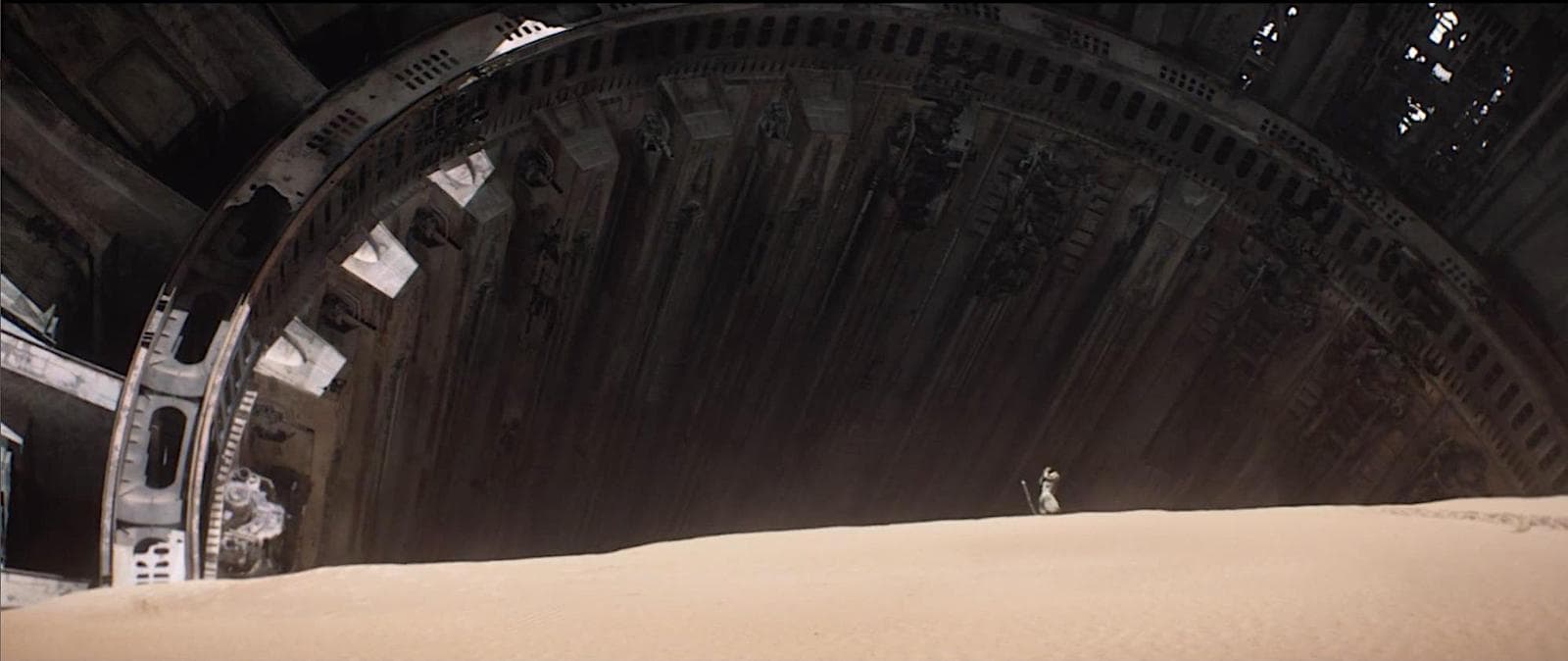
very wide shot ( VWS )
Not as wide as an Extreme wide shot but the emphasis of the shot is on the location.
The very wide shot is much closer to the subject than an extreme wide shot, but still much further away than a wide shot. The subject is visible here but only just . The emphasis is very much on placing him in his environment.

wide shot
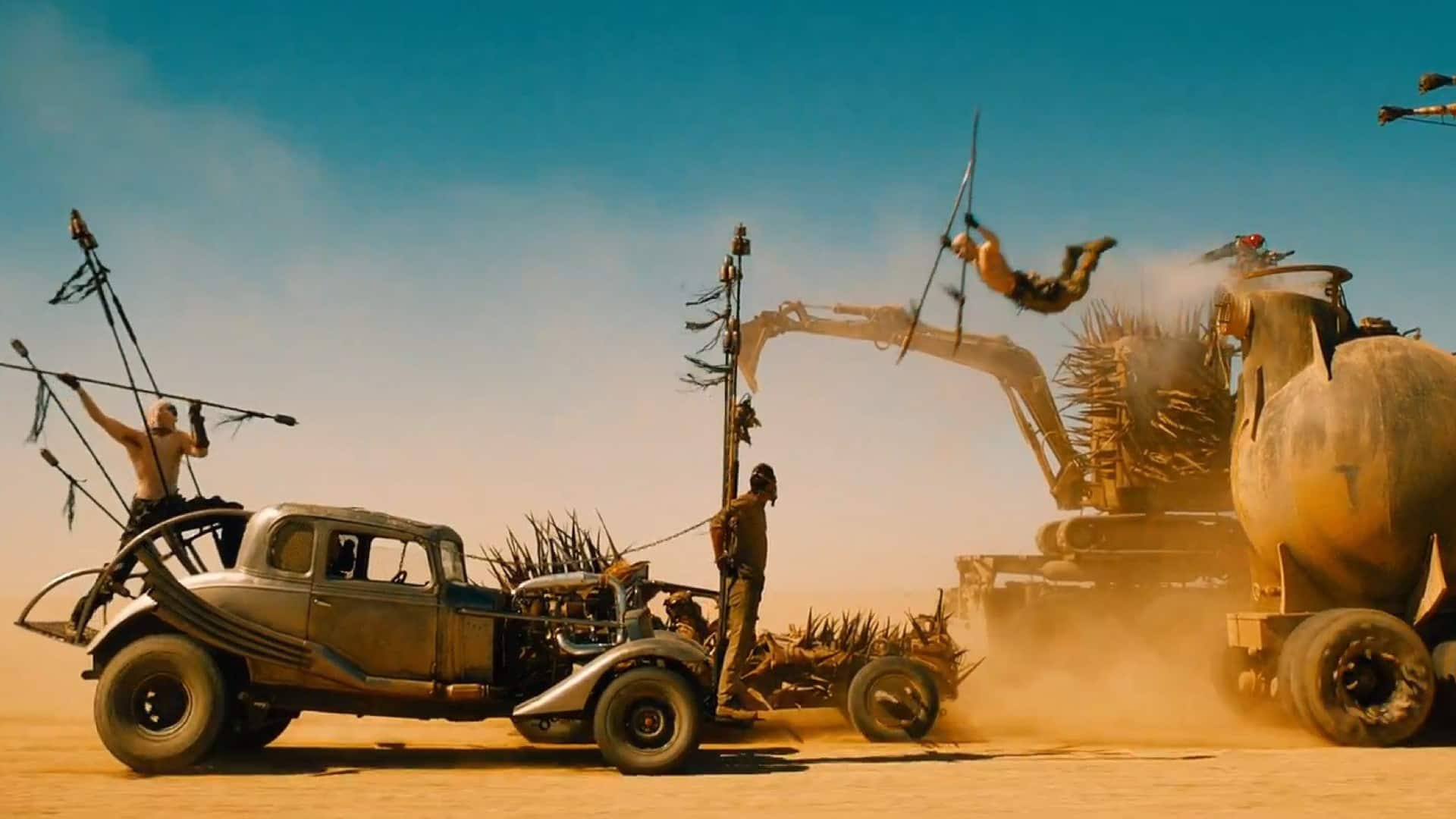
the subject takes up the full frame.
in case of a person this is a full body shot.
A wide shot, also called a long shot or a full shot, is a shot that shows the subject within their surrounding environment. A wide shot tells the audience who is in the scene, where the scene is set, and when the scene takes place.
Mid shot

generally considered to show a character from the waist up.
The medium shot is a great way to capture both the details of an actors performance and their surroundings.
medium close up
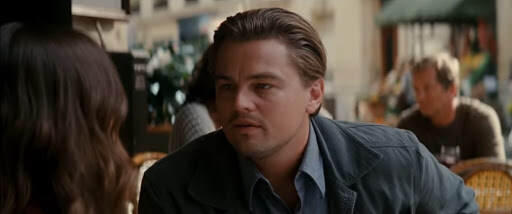
generally considered to show a character from the chest up. halfway between a MS and a CU.
Close up
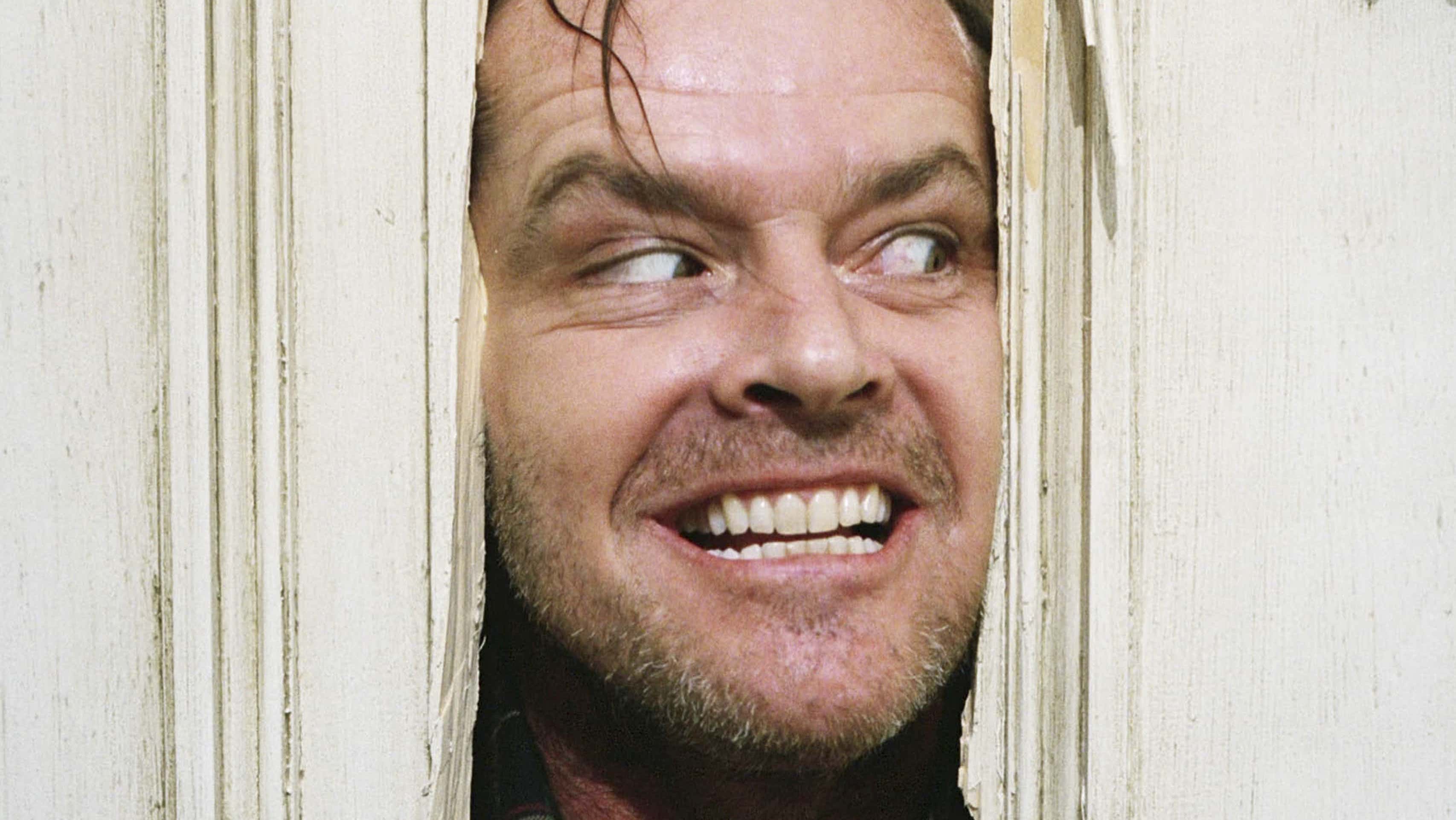
A certain feature or part of the subject fills the frame. Generally
considered to show a character from the neck up.
extreme close up
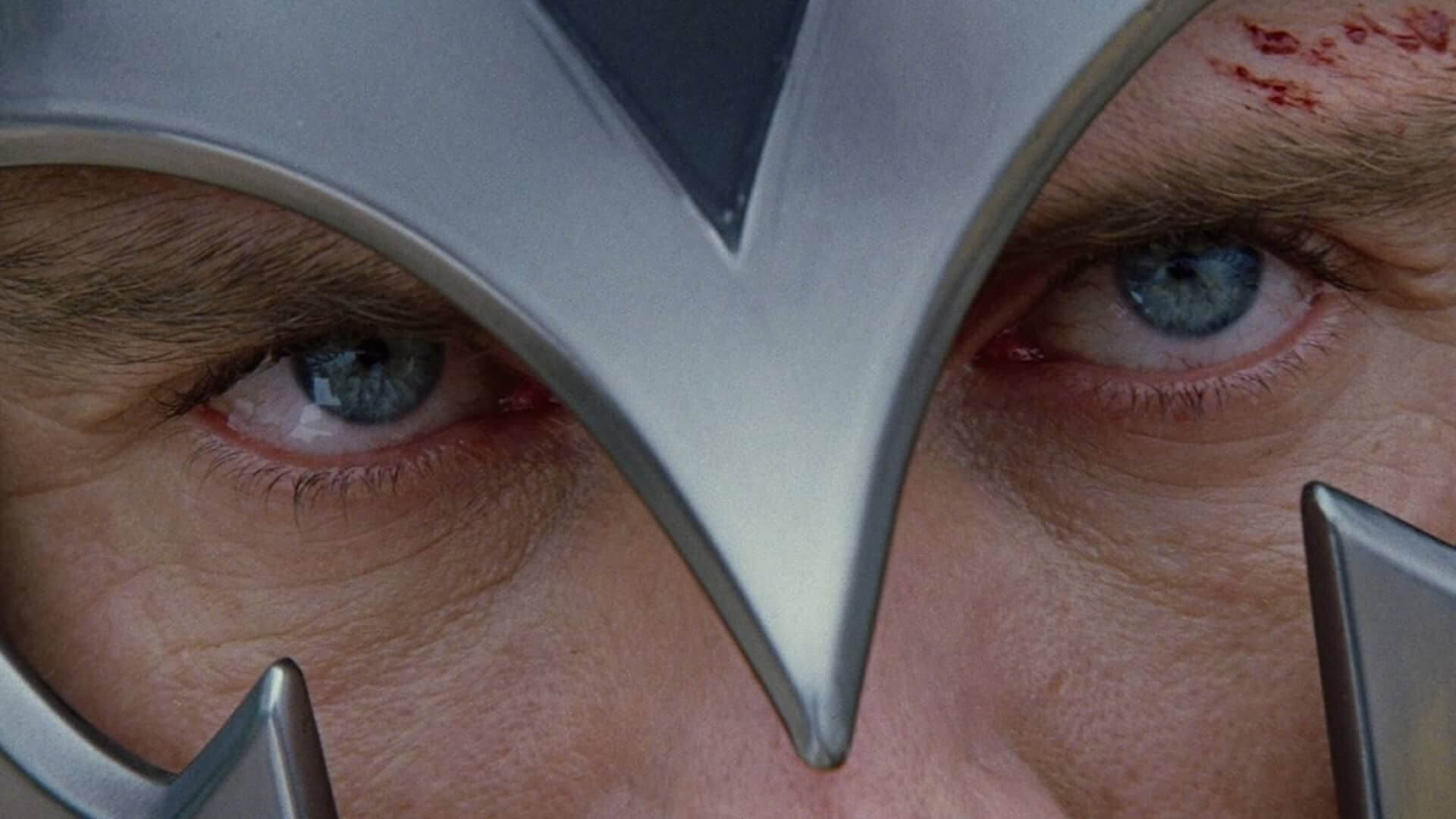
The shot is so tight that only a detail of the subject, such as someone's eyes, can be seen.
CAMERA ANGLES.
The Dutch Angle
Becoming increasingly criticized for its modern overuse in still photography, Dutch angles can help to tell us something about the photograph or its subject is not entirely right. Typically used to depict the world on its side, Dutch angles can be artfully utilized to tell us that something is wrong. Maybe the subject is in danger, or their state of mind isn’t properly grounded.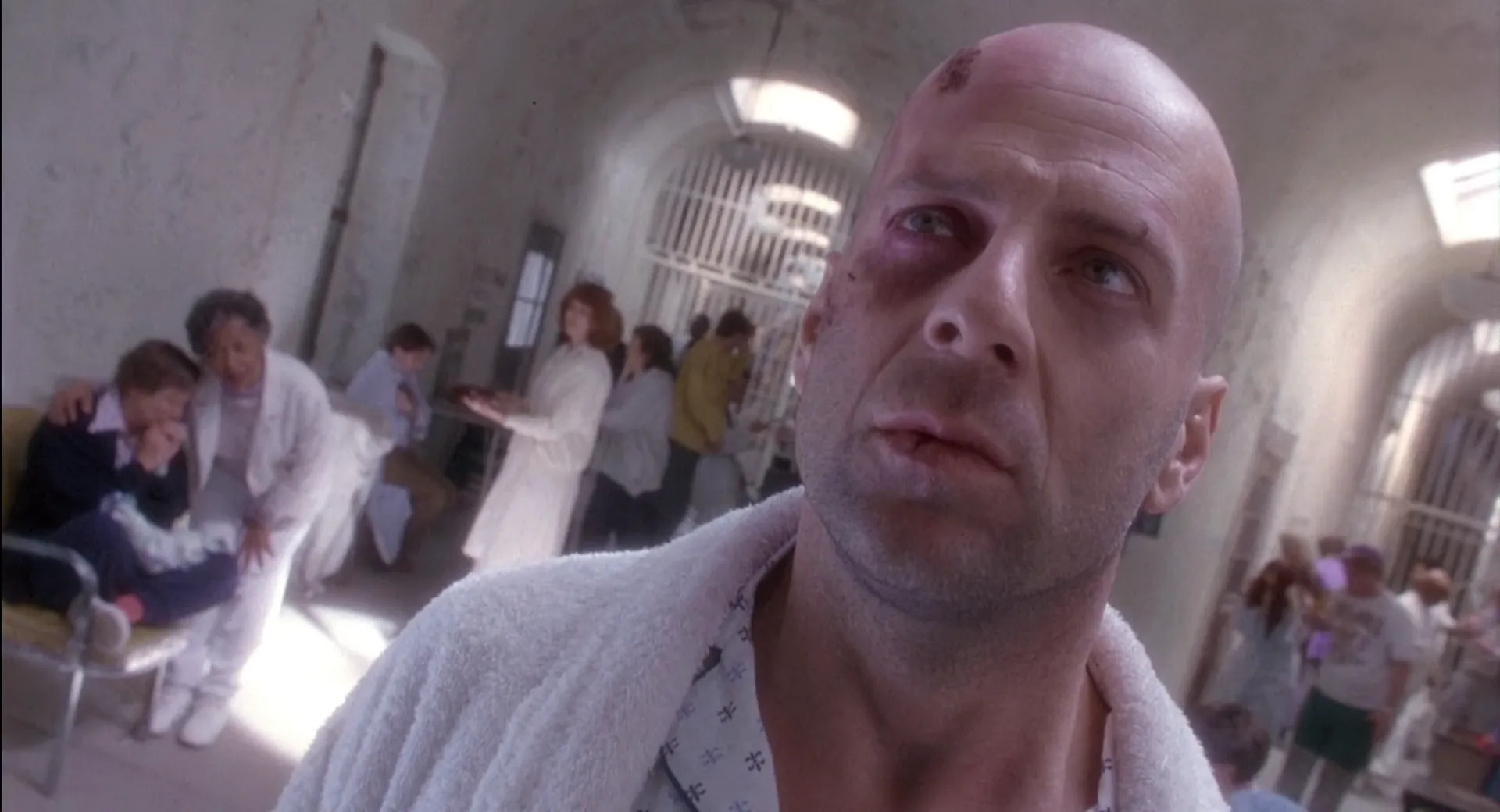
Low angle
Taking a photograph from a low angle, also know as a ‘worm’s-eye view’, makes subjects appear larger than normal. The lens sees the scene from a point of humility while the subject towers over the world. A photograph taken from a low angle to help establish dominance or power.
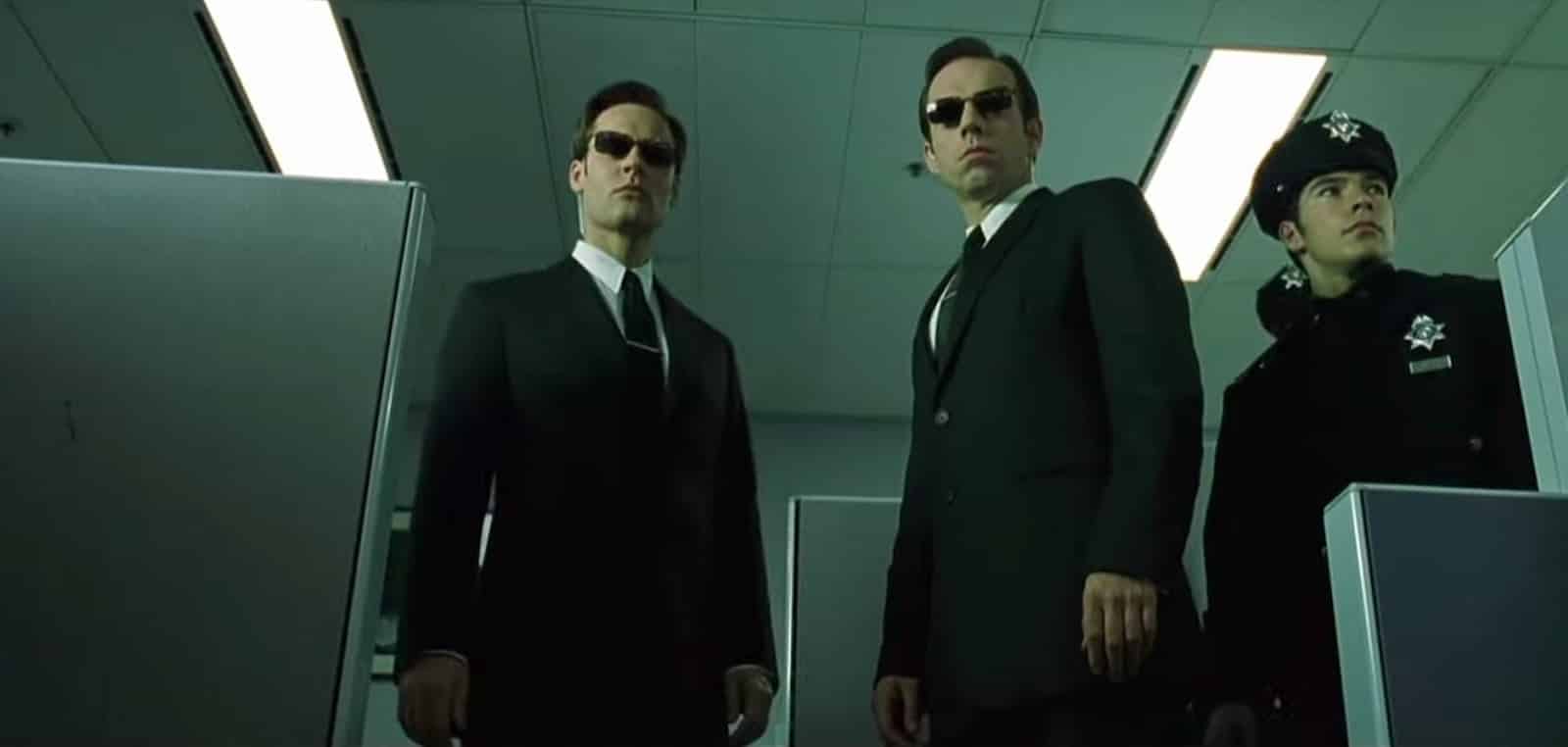
High angle
Looking at the exact opposite situation, the high angle can be used to make a subject appear small or vulnerable. Commonly known as the ‘bird’s-eye view’, shots like these may be used to signal that a subject is in danger or has lost dominance in their environment.
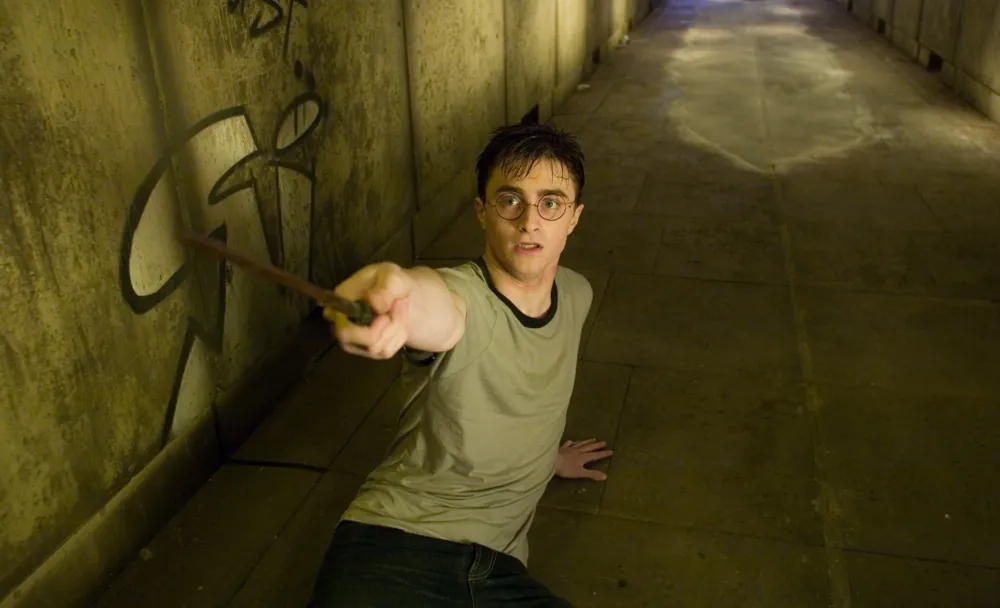
Over the shoulder
An over the shoulder shot can be used to show a relationship between another persona and our subject. We take a position next to the main subject getting close-up in their space and viewing the world as if we were standing with them. We may connect our model with a physical item or another individual within their space.
drone shot
drone helps you give the character and problems perspective

PIECE OF CINEMATOGRAPHY:
this is a film that I consider to be in my all-time favorites list. Its cinematography is now considered a milestone in the progression of film, winning awards from the British Society of Cinematographers, the Los Angeles Film Critics Association, and BAFTA. In 1993, Blade Runner was even chosen for preservation in the United States National Film Registry by the Library of Congress. It’s needless as well to say that this film’s cinematography influenced not only science fiction films, but movies of all genres up to today.
That’s because Blade Runner isn’t just a science fiction film. It’s not a Star Wars by any stretch of the imagination at all. Blade Runner was a noir; and just as the film took its cues from classic noir narratives in Hollywood cinema, so did the ways in how it was filmed.
https://youtu.be/NoAzpa1x7jU
.
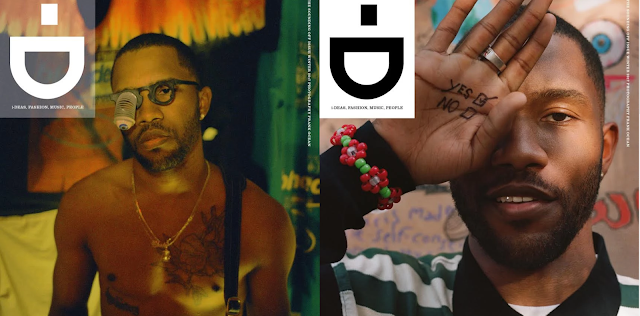

Comments
Post a Comment